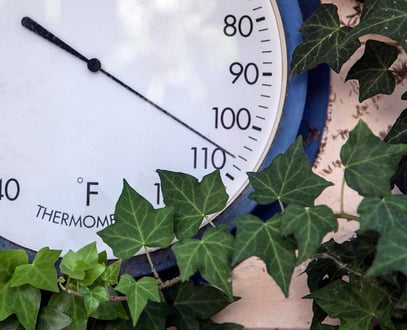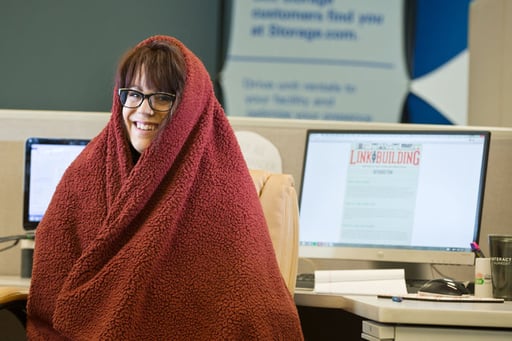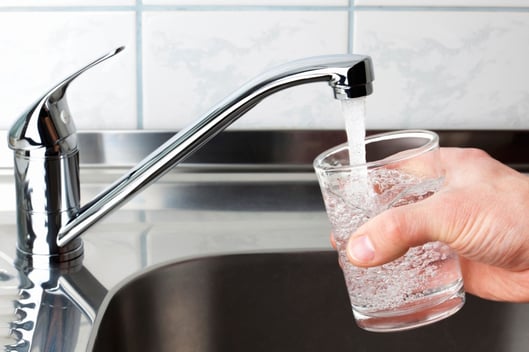
1. Study up — Find out about license and insurance requirements for contractors in your state. And before you call a contractor, know the model of your current system and its maintenance history. Also make note of any uncomfortable rooms. This will help potential contractors better understand your heating needs.
2. Ask for referrals — Ask friends, neighbors, and co-workers for contractor referrals. You can also contact local trade organizations for names of members in your area.
3. Call references — Ask contractors for customer references and call them. Ask about the contractor's installation or service performance, and if the job was completed on time and within budget.
4. Find special offers — A heating and cooling system is one of the largest purchases you'll make as a homeowner. Keep your costs down by checking around for available rebates on energy-efficient ENERGY STAR qualified heating and cooling equipment. Begin your search at www.energystar.gov.
5. Look for ENERGY STAR — ENERGY STAR qualified products meet strict energy efficiency guidelines set by the U.S. Environmental Protection Agency and offer significant long-term energy savings. Contractors should be able to show you calculations of savings for ENERGY STAR heating and cooling equipment.
6. Expect a home evaluation — The contractor should spend significant time inspecting your current system and home to assess your needs. A bigger system isn't always better; a contractor should size the heating and cooling system based on the size of your house, level of insulation, and windows. A good contractor will inspect your duct system (if applicable) for air leaks and insulation and measure airflow to make sure it meets manufacturers specifications.
7. Get written, itemized estimates — When comparing contractors' proposals (bids), be sure to compare cost, energy efficiency and warranties. A lowest price may not be the best deal if it's not the most efficient because your energy costs will be higher.
8. Get it in ink — Sign a written proposal with a contractor before work gets started. It'll protect you by specifying project costs, model numbers, job schedule and warranty information.
9. Pass it on — Tell friends and family about ENERGY STAR. Almost one-quarter of households knowingly purchased at least one qualified product last year, and 71% of those consumers say they would recommend ENERGY STAR to a friend. Spread the word, and we can all make a big difference.
10. Get the ENERGY STAR Guide — For complete information on keeping your home comfortable year-round, get the ENERGY STAR Guide to Energy Efficient Cooling and Heating en espanol — Guía para la Eficiencia de Energía en la Calefacción y el Aire Acondicionado
(Original article: https://www.energystar.gov/index.cfm?c=heat_cool.pr_contractors_10tips)



